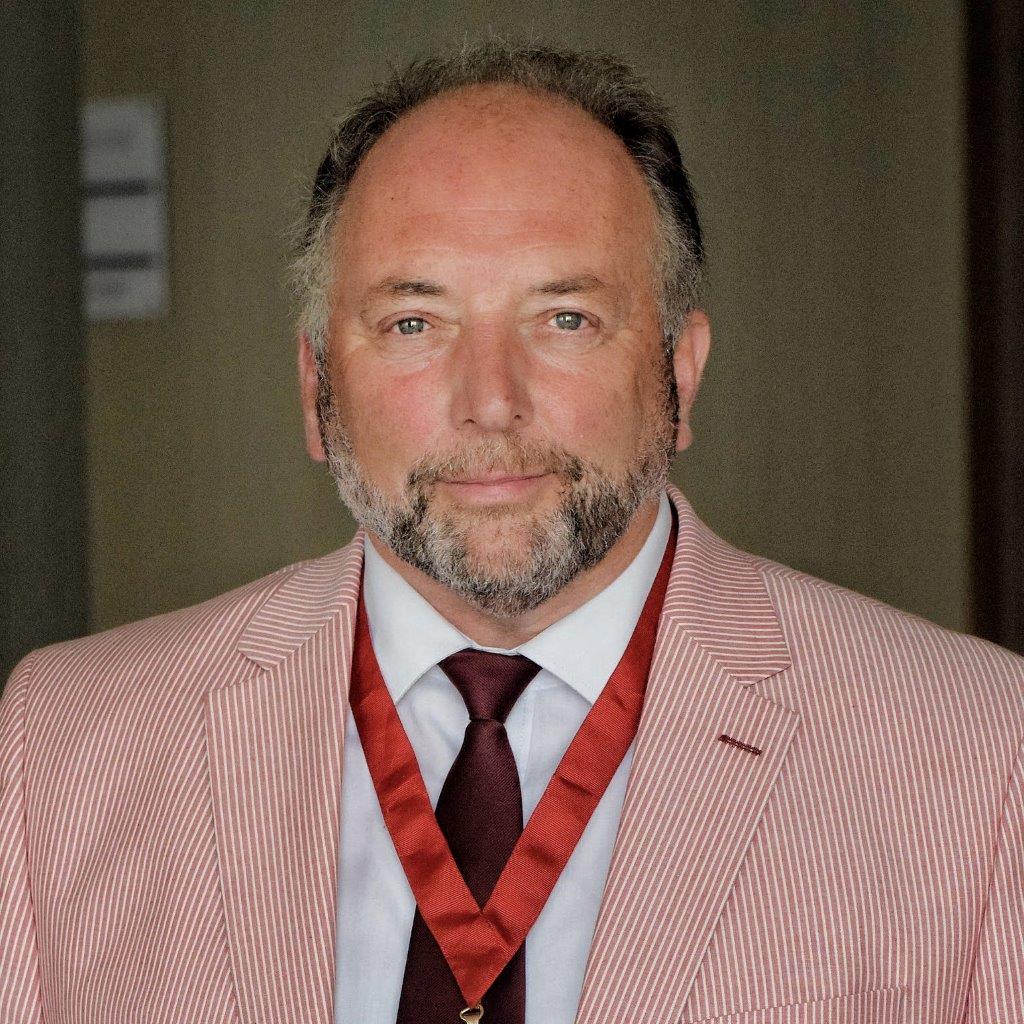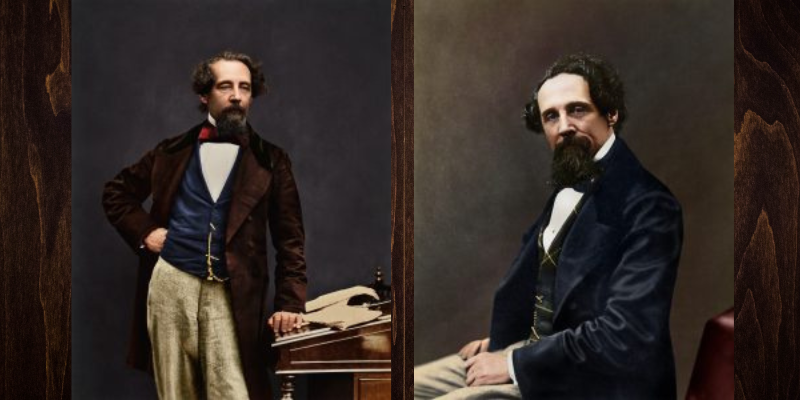
Charles Dickens on the Isle of Wight
About Ian Dickens
Ian is a writer, an artist and a retired marketer. He also happens to be a great great grandson of Charles Dickens and a past President of the Dickens Fellowship, which makes him an expert on the subject!
As you make your way around the Isle of Wight, did you know that you are travelling in the footsteps of Charles Dickens? 2024 marks the 175th anniversary of his last visit to the Isle of Wight and offers the perfect opportunity to uncover some hidden gems connected to his life and which inspired his works. We invite you to explore with Dickens’ great-great-grandson and Island resident, Ian Charles Dickens.
Dickens wasn’t a stranger to this part of the UK, because he was born in Portsmouth on 7 February 1812. His father worked in the Royal Navy pay office and Charles’ earliest sights, sounds and smells would have been linked to the sea.
His first visit to the Island was in 1838 when he and his wife spent a week in The Grove’s Needles Hotel at Alum Bay and a second week at the Ventnor Hotel (now The Royal Hotel). They were recently married, their first child had been born, The Pickwick Papers was becoming a publishing phenomenon and his new book – Oliver Twist – was proving equally popular. The year before, the Princess Royal Victoria had become Queen and it was her physician, Sir James Clark, who had first recognised that the air quality on the south of the Island had restorative properties.
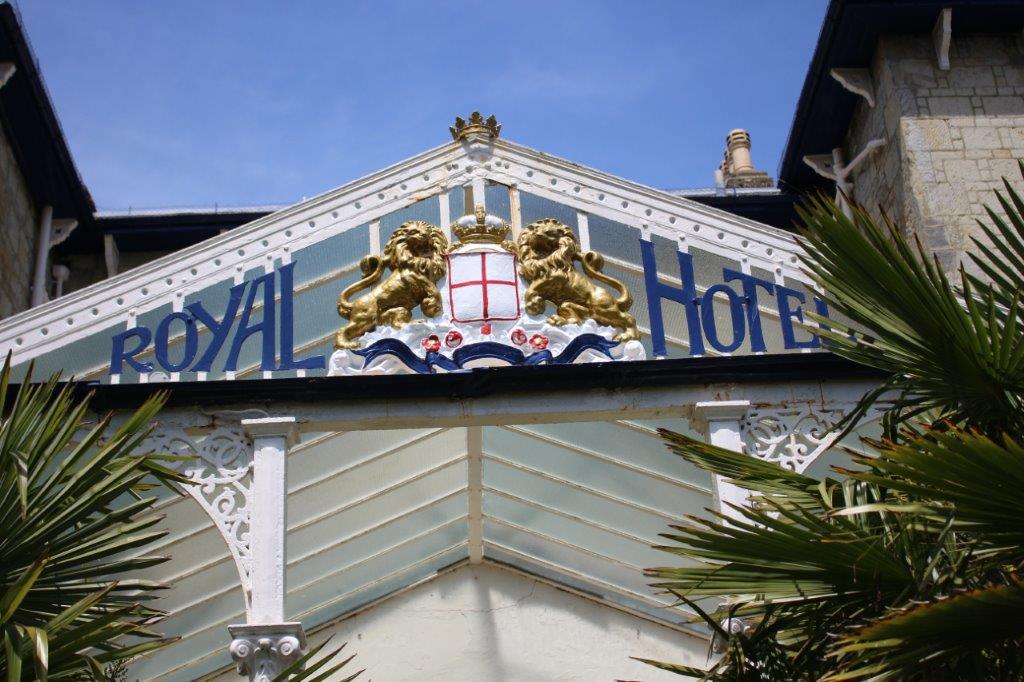
Victoria was a huge Dickens fan, writing excitedly in her diary about this new young author and when Oliver Twist was published, her Prime Minister warned her not to read it as he thought she would find it too shocking. She ignored him, finishing it on the eve of her wedding and declared the book “excessively interesting”.
After their marriage, Queen Victoria and Prince Albert established Osborne as their favoured summer residence which meant that the Island became THE place to holiday for Victorian society. That is likely part of the reason Dickens returned in 1849. He had begun work on David Copperfield and finding somewhere hidden away would allow him sanctuary to write. With the beaches and Downs nearby, he could then spend the afternoon doing all the typical family things that holidaymakers on the Island still do today. He was now a global superstar and wherever the writer went, he attracted attention from all quarters.
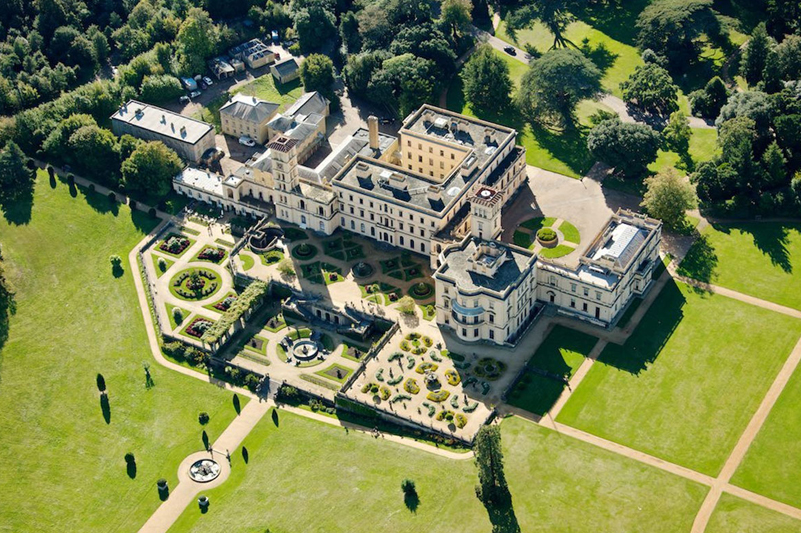
In July of that year, the Dickens family travelled on the newly built railway from London before taking a paddle steamer ferry from Portsmouth to Ryde. With him, his wife Catherine and their eight children, were copious amounts of luggage, as their visit was to last for three months. They had taken Winterbourne House in Bonchurch, which Charles fell instantly in love with – he wrote “I think it is the prettiest place I ever saw in my life, either at home or abroad”.
David Copperfield is a novel that reflects much of Dickens’ own life. He always said that it was his favourite, but because the early chapters reflected his tough childhood, it was hard to write about. To set himself up each morning, Dickens – then 37 years old – would take a swim from the beach in Bonchurch, before showering under an ice-cold waterfall that tumbled over the cliff. In 1849, Dickens had a carpenter route it in order to give him a perpetual shower bath. It still flows today in the garden of Waterfall Cottage. Then it was a walk up the steep slopes of St. Boniface Down to the Island’s highest point before he was ready to pick up his quill. He declared to family and friends; “I have made it a rule that the inimitable is invisible until two every day”.
When the writing was done, he was ready to spend time with family and friends and when the Dickens family took to the beach to play a game of rounders, the entire village was there to watch them.
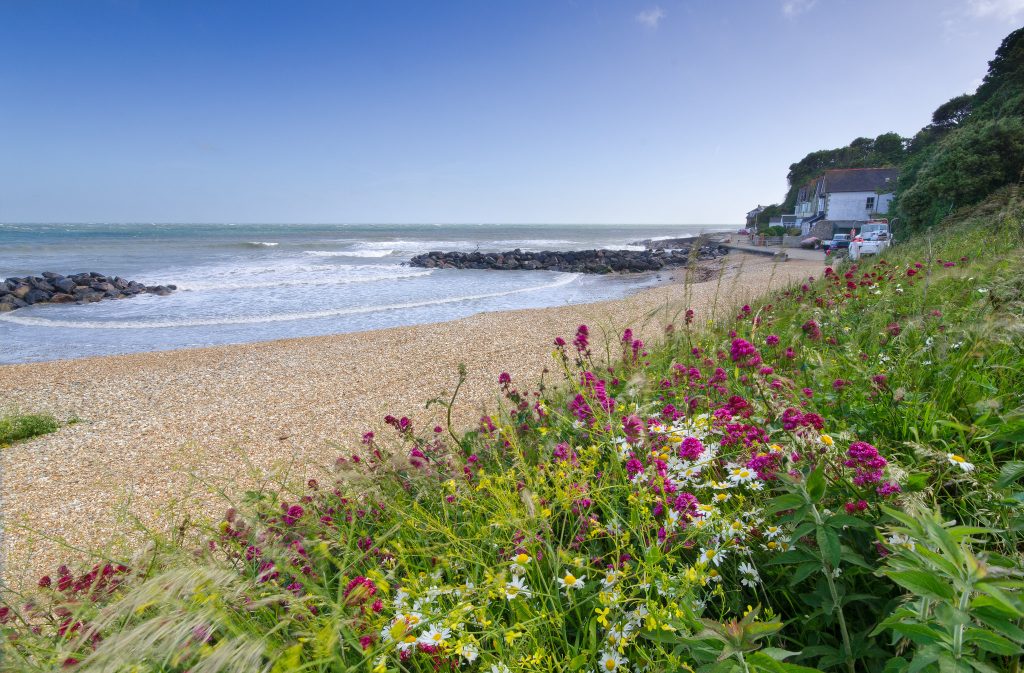
The Dickens’ made friends with the Reverend James White, a local property owner and daughters Mamie and Katie Dickens got on very well with the Reverend’s daughters. Another family to strike up a friendship were the Dick family and two of the Dick children were to feature in two of Dickens’ books.
A son – Charles Dick – was to become the inspiration for a character in David Copperfield. In Dickens’ notes, this fictional eccentric was to be called Mr. Roberts but during his time on the Island, it was swiftly changed to ‘Mr. Dick’. Charles Dick’s sister Margaret was also friendly with the Dickens daughters and they were to meet again 11 years later.
In 1860, Dickens’ daughter Mamie was back with the Whites as she convalesced from an illness. At the same time, Margaret Dick was due to be married and when she was jilted at the altar, she fled home in her wedding dress and became a recluse. A month later, Dickens started work on Great Expectations and it is widely believed that Margaret was the inspiration for Miss Havisham. You can find the graves of both Charles and Margaret Dick in Ventnor cemetery.
Across that summer of 1849, many other friends visited the Dickens family including poet Alfred, Lord Tennyson (Godfather to Dickens’ sixth child Alfred), who would later settle on the Island himself at Farringford, essayist Thomas Carlyle and the illustrator of A Christmas Carol John Leech, who also took a cottage in Bonchurch. In August, during Cowes Week, Dickens visited the town and met with his friend the Reverend Chauncy Hare Townshend who owned a house on the front, which you can still see today. Together they watched Queen Victoria embark on the Royal Yacht for her first state visit to Ireland.
So as you step onto the Island, you not only walk in the footsteps of my great-great-grandfather, but also numerous characters who live on in films, TV dramas and theatre productions around the world. I hope you have a very happy holiday and while here, get to write your own memorable story!
*Photo thanks to the Technicolour Dickens which was on display at Dimbola 2024 – © Photographic Restoration & Colourising: Oliver Clyde
